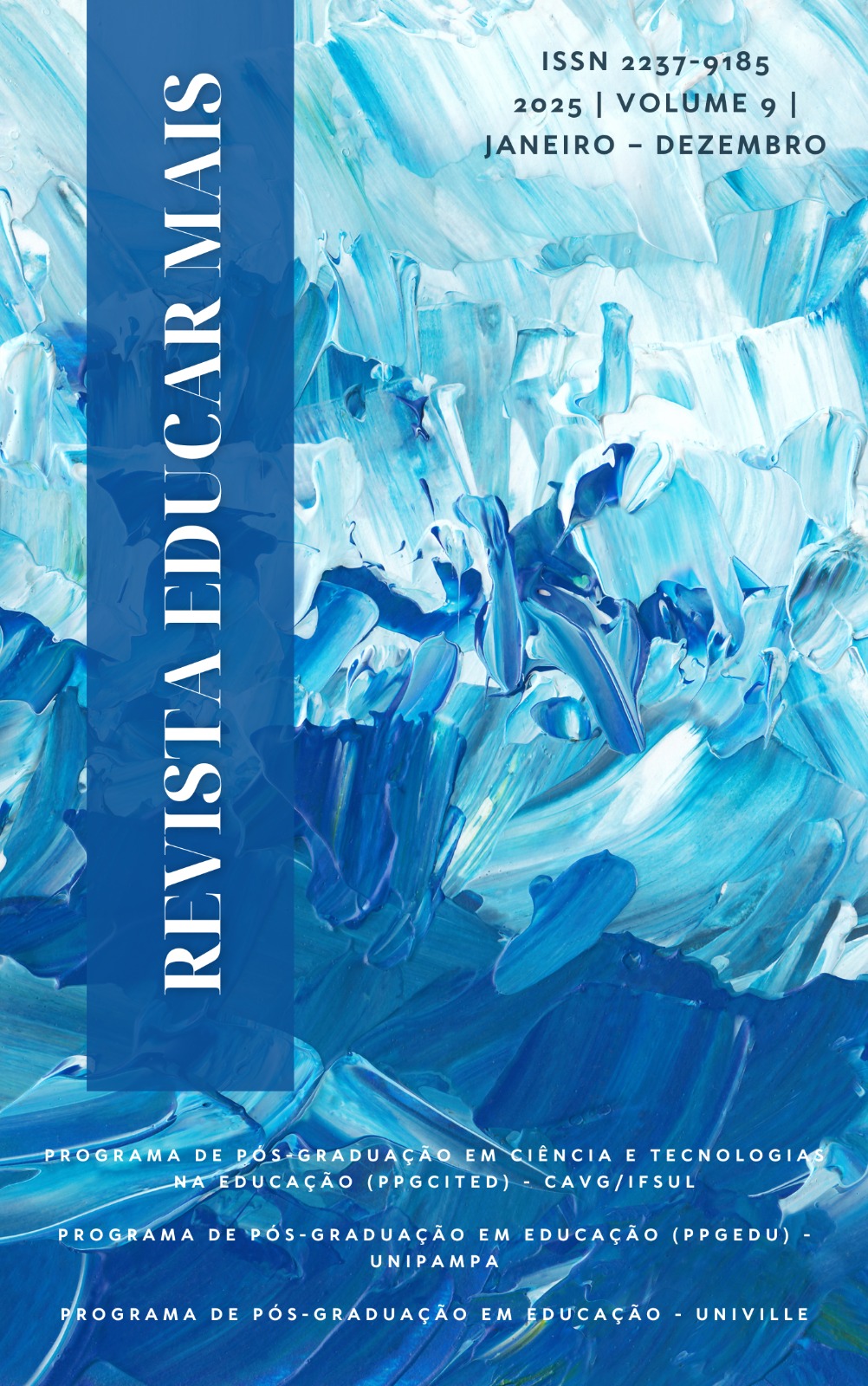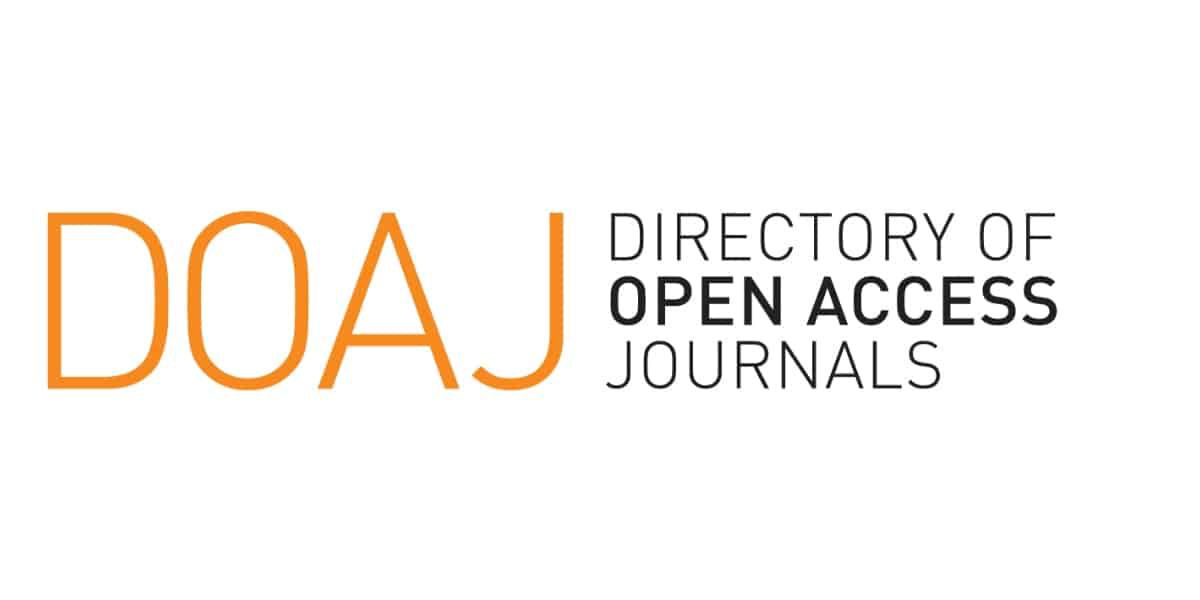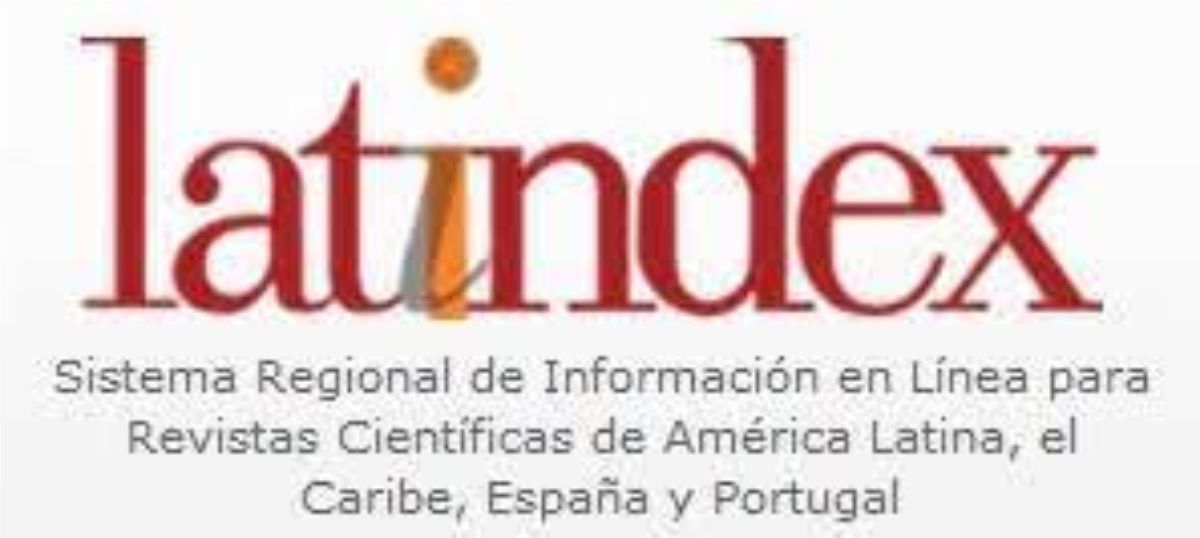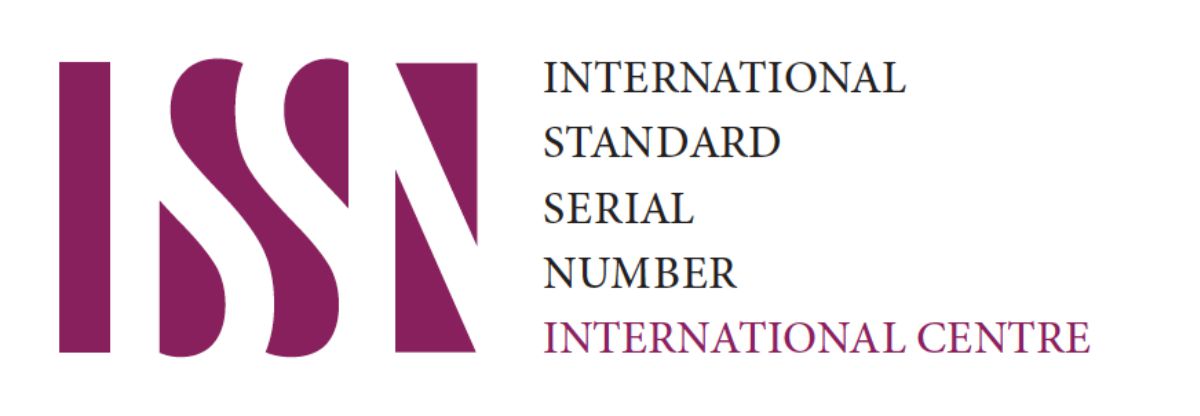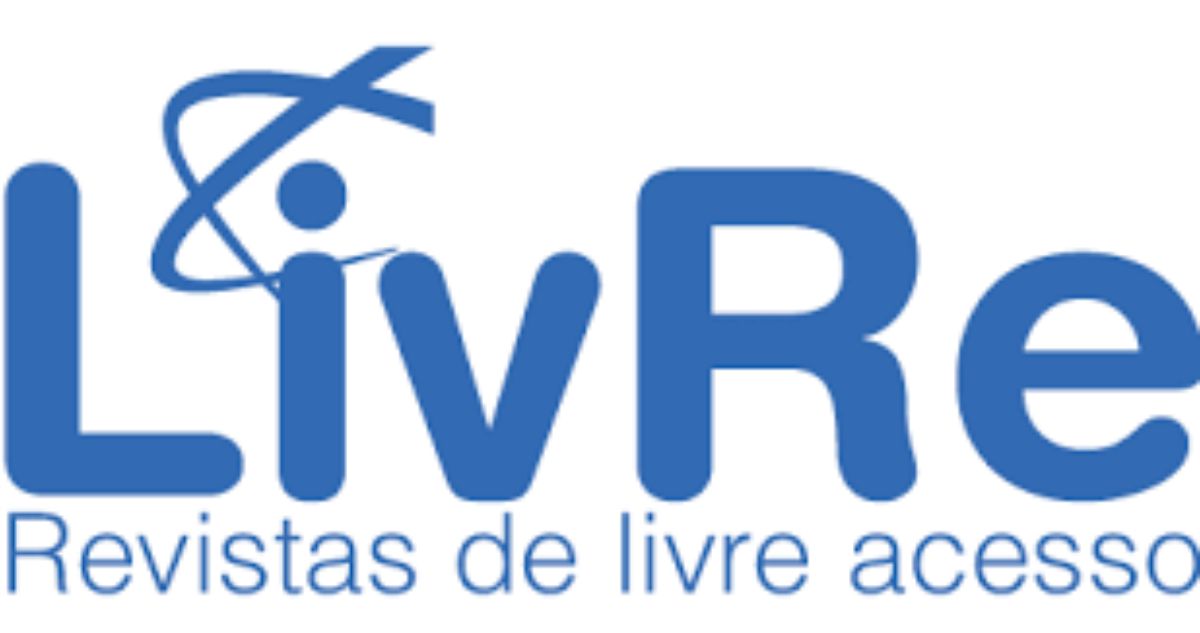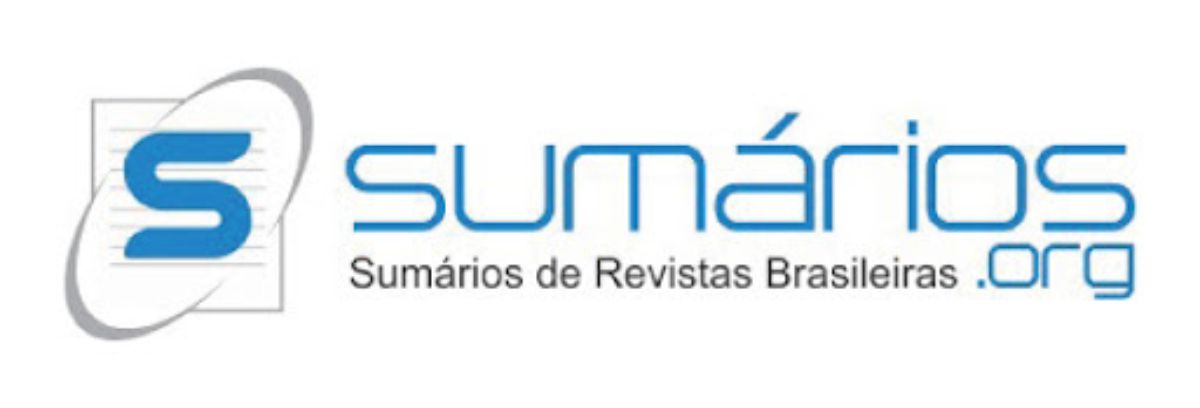Interactive Didactic Sequence and Problem-Based Learning for Teaching Geometry using Manipulatives and GeoGebra
DOI:
https://doi.org/10.15536/reducarmais.9.2025.4237Keywords:
Active Methodologies, Student Engagement, Mathematics Teaching, Pedagogical Intervention, Digital TechnologiesAbstract
The predominance of abstract methods that do not encourage student autonomy are obstacles to teaching mathematical concepts in geometry. Aiming to overcome this scenario, this qualitative research developed and applied an Interactive Didactic Sequence that integrated Problem-Based Learning with manipulable materials and demonstrative use of GeoGebra for teaching positional geometry. The proposal was applied in a high school class in a public school in the interior of Rio Grande do Norte. The approach stimulates dialogue and student autonomy and articulates concrete and abstract knowledge. The results indicated that the proposal was effective in generating engagement and the construction of geometric knowledge in students, demonstrating the positive contribution of the proposal to the teaching of positional geometry. As a challenge, the initial difficulty in mobilizing students was observed, attributed to the unfamiliarity with the methodologies used. The main limitation of the study is the need of assessment instruments for students' formal mathematical knowledge, which should be considered in future studies.
Downloads
References
BARBOSA, Eduardo Fernandes; MOURA, Dácio Guimarães de. Metodologias ativas de aprendizagem na Educação Profissional e Tecnológica. Boletim Técnico do Senac, [S. l.], v. 39, n. 2, p. 48–67, 2013. DOI: 10.26849/bts.v39i2.349.
BARBOSA, João Justino; SANTOS, Andressa Rodrigues dos; ARAÚJO, Monica Lopes Folena; OLIVEIRA, Maria Marly de. Desafios na utilização da Sequência Didática Interativa por professores de ciências. Revista Interdisciplinar em Ensino de Ciências e Matemática, [S. l.], v. 3, n. 1, p. e23010, 2023. DOI: 10.20873/riecim.v3i1.17972.
BOROCHOVICIUS, Eli; TASSONI, Elvira Cristina Martins. Aprendizagem Baseada em Problemas: uma experiência no Ensino Fundamental. Educação em Revista, v. 37, p. e20706, 2021. DOI: 10.1590/0102-469820706.
BRASIL. Ministério da Educação. Base Nacional Comum Curricular. [Online] Brasília, DF: Ministério da Educação, 2018. Disponível em: https://basenacionalcomum.mec.gov.br/. Acesso em: 9 de Julho de 2025.
DANTE, Luiz Roberto; VIANA, Fernando. Matemática em contextos: geometria plana e geometria espacial. São Paulo: Ática, 2020.
D’Ambrosio, Beatriz Silva. Como Ensinar Matemática Hoje? Temas e Debates, v. 1, n. 2, p. 15-19, 1989. Disponível em: https://www.sbembrasil.org.br/periodicos/index.php/td/article/view/2651. Acesso em: 9 de julho de 2025.
GRÓLA, Mara Gaspar; GUALANDI, Jorge Henrique. O ensino de geometria e o desenvolvimento do pensamento geométrico: um mapeamento de pesquisas realizadas no estado do Espírito Santo. TANGRAM - Revista de Educação Matemática, [S. l.], v. 6, n. 1, p. 63–99, 2023. DOI: 10.30612/tangram.v6i1.16883.
KLEIN, Niumar André; AHLERT, Edson Moacir. Aprendizagem Baseada em Problemas como Metodologia Ativa na Educação Profissional. Revista Destaques Acadêmicos, Lajeado, RS, v. 11, n. 4, 2019. DOI: 10.22410/issn.2176-3070.v11i4a2019.2398.
OLIVEIRA, Maria Marly de. Sequencia Didática Interativa no ensino de ciências. In: Anais do IV Colóquio Internacional Educação e Contemporaneidade, São Cristóvão, Sergipe 2010.
OLIVEIRA, Maria Marly de. Sequência didática interativa no processo de formação de professores. Petrópolis: Vozes, 2013.
PAULINO, Otávio Floriano; OLIVEIRA, Elrismar Auxiliadora Gomes. Discutindo o Movimento Uniformemente Variado através da Aprendizagem Baseada em Problemas. Revista Destaques Acadêmicos, Lajeado, RS, v. 15, n. 4, 2023. DOI: 10.22410/issn.2176-3070.v15i4a2023.3513.
SILVA, Elidio José Santana; RODRIGUES, Rochelande Felipe. Uma investigação histórica do Ensino de Geometria no Brasil. Revista Baiana de Educação Matemática, [S. l.], v. 6, n. 1, p. e202519, 2025. DOI: 10.47207/rbem.v6i1.22604.
SILVA, João Vitor da; SILVA, Everton Lira da; SILVA, Vinicios Avelino da; NETO, João Ferreira da Silva. O Uso de Metodologias Ativas no Ensino de Matemática: o que dizem as pesquisas brasileiras. Revista de Educação Matemática, [s. l.], v. 20, n. 01, p. e023113, 2023. DOI: 10.37001/remat25269062v20id494.
SOUSA, Diego. Por que uma mesa com três pernas não balança? Blog Giga Matemática, 2011 Disponível em: https://gigamatematica.blogspot.com/2011/10/por-que-uma-mesa-com-tres-pernas-nao.html. Acesso em: 21 de maio de 2025.
Downloads
Published
How to Cite
Issue
Section
License
Copyright (c) 2025 Denilson Gabriel Freitas de Carvalho, Massaro Victor Pinheiro Alves, Otávio Floriano Paulino

This work is licensed under a Creative Commons Attribution-NonCommercial 4.0 International License.
DECLARATION OF RESPONSIBILITY: I hereby certify that I partially or fully participated in the conception of the work, that I did not hide any links or financial agreements between the authors and companies that may be interested in this article publication. I certify that the text is original and that the work, partially or fully, or any other work with a substantially similar content written by me, was not sent to any other journal and it will not be send while my submission is being considered by Revista Educar Mais, whether in printed or electronic format.
The author responsible for the submission represents all the authors of the manuscript and, when sending the article to the journal, guarantees s/he has obtained the permission to do so, as well as s/he guarantees the article does not infringe upon anyone’s copyright nor violate any proprietary rights. The journal is not responsible for the opinions expressed.
Revista Educar Mais is Open Access, does not charge any fees, whether for submission or article processing. The journal adopts Budapest Open Access Initiative (BOAI)’s definition, i.e., any users are permitted to read, download, copy, distribute, print, search and link to the full texts of these articles.
All the articles are published under the Creative Commons Atribuição-NãoComercial 4.0 Internacional license. The authors keep the copyright of their production. That way, they must be contacted directly if there is any interest in commercial use of their work.
